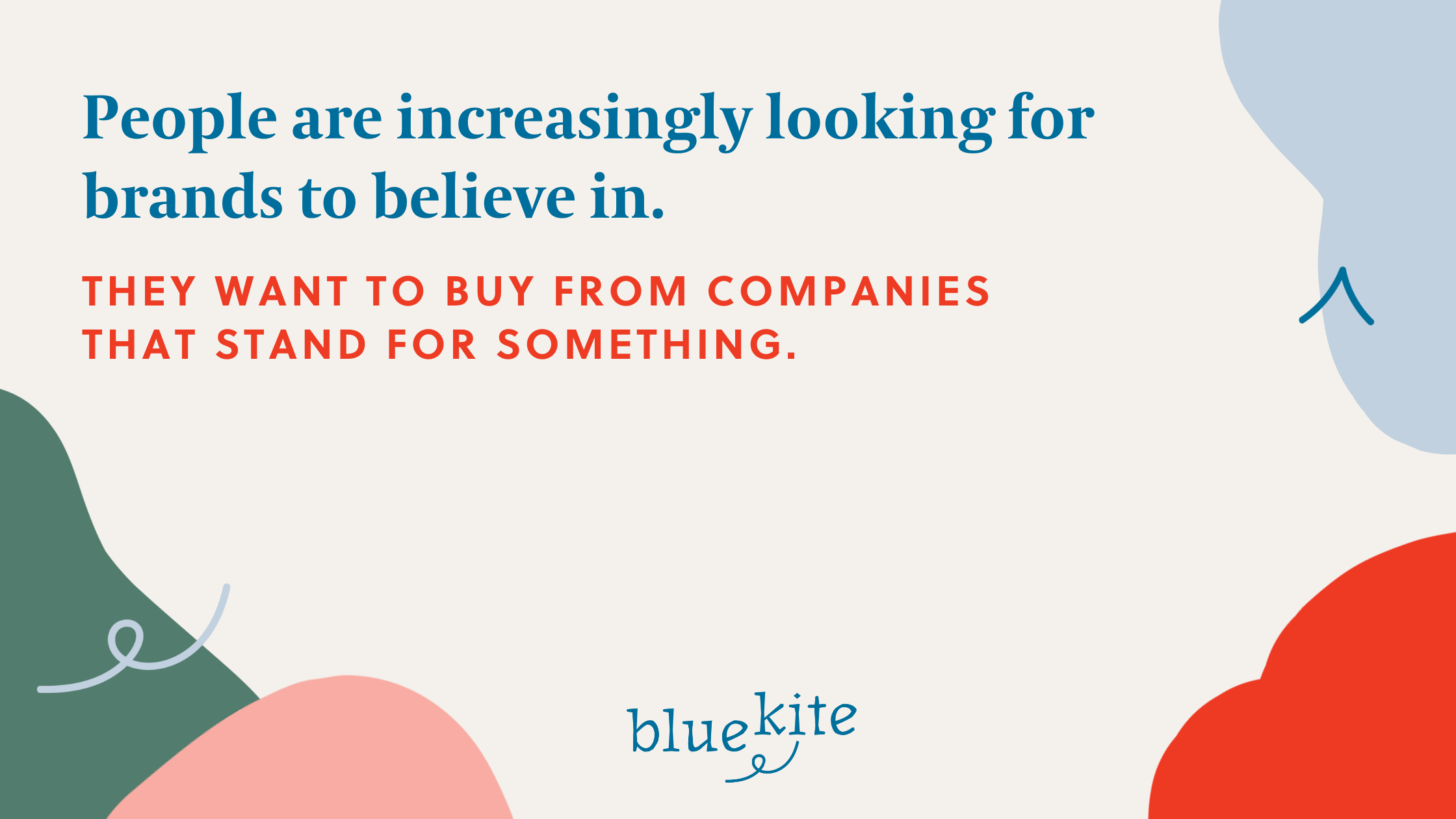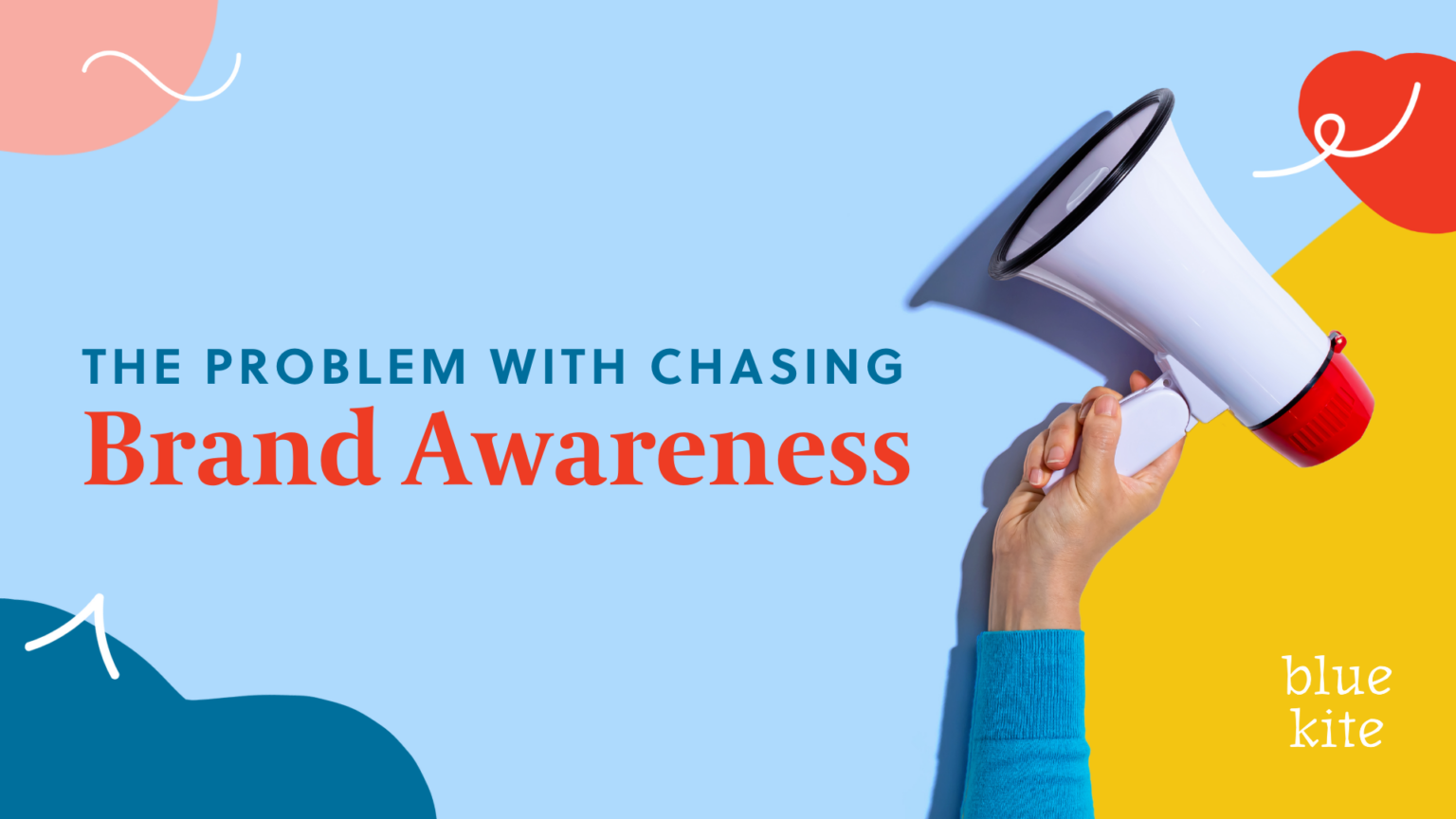Almost every business leader and entrepreneur says they want more brand awareness for their business.
Case in point — I recently talked to the owner of an organization that believed if a certain celebrity knew about her foundation, she would be set.
She believed that the answer to all of her problems would be solved if she had mass awareness and she viewed a celebrity endorsement as being the key to that happening.
It’s not the first time I’ve heard something like this.
When I worked for a nonprofit in Chicago, many in the organization believed that if we could just get on the Oprah show it would solve our fundraising challenges.
When I worked at a PR firm, we often had clients ask us to get them in the New York Times in hopes to achieve mass awareness.
And, in running my own strategic marketing and branding agency, I’ve had many requests to help a business “go viral.”
Chasing Celebrity Endorsements & Going Viral
I’m not faulting these organizations for wanting to get noticed for the work that they do. Aspiring to get noticed is incredibly common in business. And it’s not a bad thing to want recognition for your work.
The problem is that more awareness doesn’t always translate to helping an organization reach their goals.
Awareness often is often something people want because it feels good, not because it’s a strategic marketing objective for their organization.
3 Reasons Why You Don’t Need More Brand Awareness
So, why is chasing brand awareness problematic?
Here are a few reasons why mass awareness won’t help your business:
1. Brand awareness doesn’t always translate to sales.
When organizations say they want more brand awareness, what they are really saying is that they want more people to buy their products or services.
In fact, that’s what every business wants, right?
The problem is that brand awareness doesn’t always translate to sales.
A great example of this comes from Super Bowl ads. The ads might be entertaining and memorable, but they don’t always cause consumers to buy.
For example, Radio Shack had one of the most successful Super Bowl ads in 2014 only to close 20 percent of its stores five weeks later. And Budweiser’s “lost dog” ad in 2015 was considered a huge hit and was wildly popular on social media, but it didn’t result in any brand lift.
And there are even more examples of brands that invested heavily in a Super Bowl ad only to shut down the business months later.
While brand awareness is valuable, it’s only part of the equation.
Awareness only gets you name recognition. It does NOT get you belief.
People buy from brands they believe in
You’ve likely heard the adage that people buy from brands they know, like and trust. But just because you’ve heard about a brand, doesn’t mean that you like or trust them.
In today’s world, people are increasingly looking for brands to believe in. They want the companies they buy from to stand for something. 
In fact, if you look at all the research coming out about Millennials and Gen Z, you’ll notice that this audience cares more about transparency, authenticity, values and story.
They only want to support organizations that align with their personal values and will understand their wants and needs. They want to make informed decisions and it’s less about what you do, but HOW you do business that matters.
Simply getting on your audience’s radar is not enough. You need a strong story and message that connects with your audience in an emotional way if you want them to buy from you.
2. Mass brand awareness is not focused enough.
The biggest reason why mass brand awareness doesn’t work on its own is that it’s not focused enough. Awareness is all about getting your brand and message in front of as many people as possible.
But when you target everyone, you attract no one.
The problem is that most organizations don’t need attention from the masses. They need to get their message in front of the right people.
Over the years, we have worked with many clients who serve a very niche industry. These clients don’t need to be on the front page of their local paper or have billboards up all over town. Instead, they need to get their message in front of a very specific audience.
Here are examples from our clients:
- Commercial carpet cleaning company. They only needed to get in front of local property managers and facility managers for large corporate offices or apartment buildings.
- Local acupuncture clinic. They are focused on reaching people who need a more affordable way to manage their health issues. For them, they only need to reach people who believe in acupuncture and are willing to get it in a community setting to save money.
- Virtual training production company. Because they offer virtual training support for large corporate brands, their focus was getting in front of people in the learning and development department leads.
None of our clients needed mass media attention. These companies win by showing their target audience that they are the best choice to solve their problems or make their lives better.
The reason this works is that instead of casting a wide net in the ocean, we’re fishing in a stocked pond.
Even for my company, we don’t want to attract everyone. We are solely focused on helping mission-driven organizations create stronger brands and more compelling stories. That’s it. We just need to get in front of the right people who value our work and believe in our way of doing it.
That’s why we don’t need mass awareness.
Your business doesn’t either. You don’t need to be everywhere or get everyone’s attention. Doing so can cost your business a ton of time and money.
Instead, you need to focus on attracting the right people who align with your mission, vision and values will benefit most from your offerings.
3. Brand awareness alone is not the most effective growth strategy.
Attracting new customers or clients definitely feels good. And it’s often the thing that organizations focus on most with their marketing.
While that can be a worthwhile goal, it’s not always the most effective way to grow.
If you want to increase your revenue and profit margins, you don’t necessarily need more clients or customers. Or, at least not as many as you think. Oftentimes, the most effective way to increase sales is looking right under your nose with your existing customers.
Consider this — depending on the industry you’re in, acquiring a new customer can cost anywhere from FIVE to 25 TIMES MORE than retaining an existing one.
In fact, research by Bain and Company (the same people who developed the Net Promoter Score) found that improving customer retention by 5 percent can increase your profit margin from 25 to 95 percent.
The reason this works is that repeat customers are more likely to buy from you again and again because they already know, like and trust you. As a result, they may also refer others to your business.
Plus, your operating costs to serve existing customers will decline over time. Because of all of that, it pays to keep customers coming back for more.
Sometimes, one of the most effective things you can do to grow your business is cross-selling or upselling your products and services to existing customers to get them to buy more from you.
It might not be sexy, but it works. We’ve seen this time and time again with our clients.
Why You Need a Better Brand Strategy
So, what should your business do instead of devoting your time and money to brand awareness?
Start by building a strong brand strategy and compelling messaging. Then build a focused marketing plan to spread that message.
Here’s where to start:
- Clearly define your target audience;
- Identify the key problem you solve for that audience and what makes you different;
- Create a compelling story that resonates with your audience; and
- Determine where to distribute your story that will get their attention.
When it comes down to it, that’s what a good brand strategy and solid marketing is all about — understanding your audience well enough that you can craft a message that gets their attention.
Sure, it’s not quite that easy.
That’s why people lean on brand strategy agencies like ours. We help you identify the one thing that makes you stand out from the crowd and then craft a compelling story that showcases the brilliant work you do.
Your business has magic in it. But, it can take an outside perspective to help you uncover that.
The good news is that you don’t have to go it alone. We can help.
Ready to get started?
Contact us to see if we’re the right fit for you.
Originally published on September 24, 2019. Updated and expanded on June 20, 2023.




